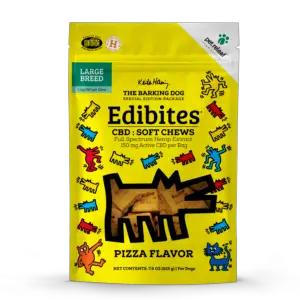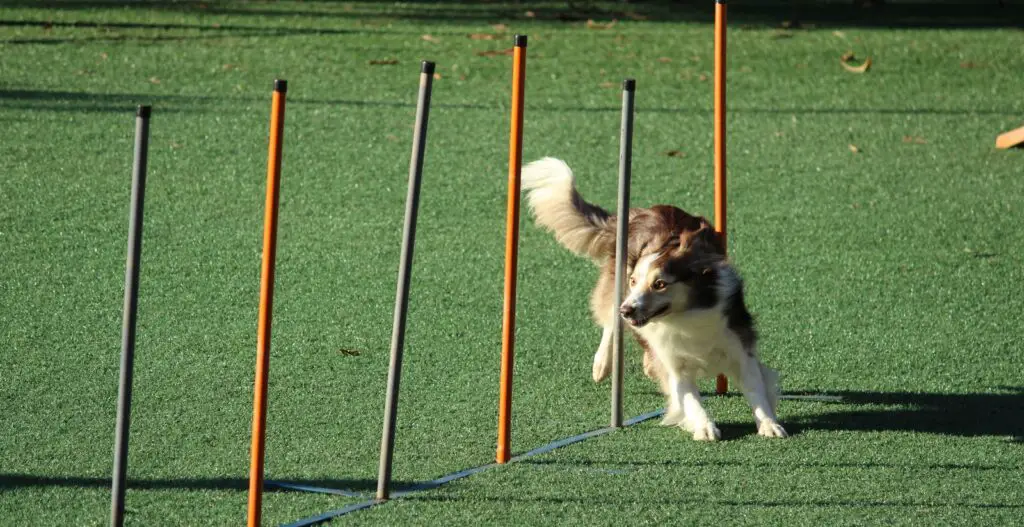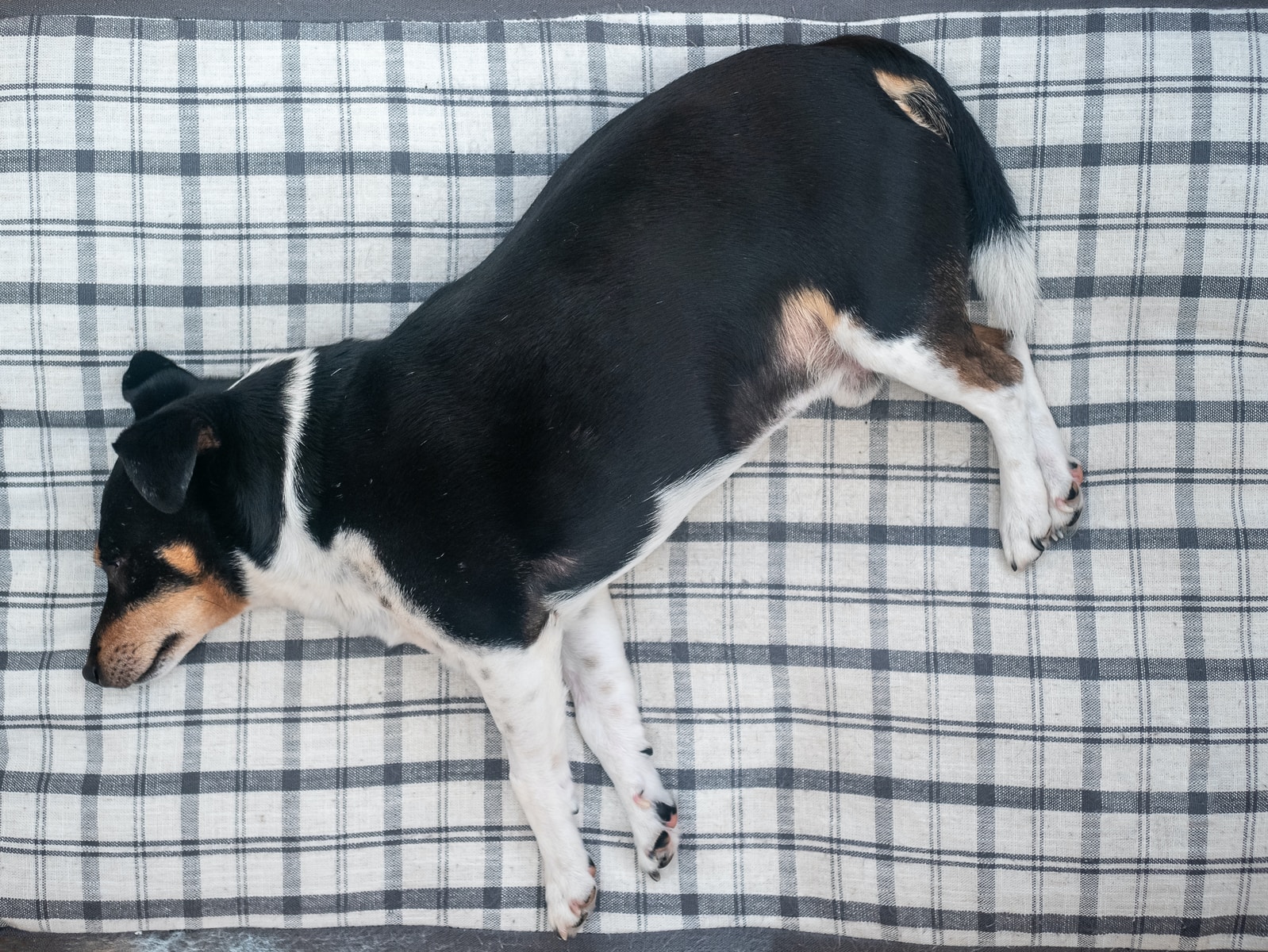
Key points:
- Many dogs struggle with extra weight as many pet owners give their pets too much food and spoil them with treats.
- You should measure your pet’s daily food portion and divide it into six meals, if possible.
- Most pet dogs and cats don’t need a high-carbohydrate diet, so cutting down carbs and maintaining a low-carb diet can help dogs lose weight.
- Pet treats are not always supposed to be high in calories, and you can always substitute them with veggies or fruits.
- Daily exercise is good for the pets as well as for their owners. It helps to lose weight, boosts immune function, and improves cardiovascular health.
Wight issues are becoming more and more common among dogs since many pet owners go overboard, spoiling them with treats. Dog obesity can lead to many other health problems such as debilitating diabetes, many forms of cancer, catastrophic kidney and heart disease, crippling arthritis, and high blood pressure. But don’t worry, making your pet lose weight is easier than you think. However, before taking any further steps, you should first determine your pet’s ideal weight. Talk to your vet and ask them this question. Alternatively, check if your dog’s body has an hourglass shape when you stand behind it and look down and see if you can easily feel the pet’s ribs. If not, then your pet probably has some extra weight, and you need to get to work on helping them lose it!
Table of Contents
Make Your Dog Move
It’s common knowledge that to lose weight efficiently, you should combine a healthy diet with exercise. Well, the same is true for dogs, and it’s not only about losing weight. Even a 30-minute walk can do miracles for both dogs and their owners. Scientists have proven that daily walks can reduce behavioral problems in dogs, boost their immune function, and improve cardiovascular health. As for cats, playing with a laser pointer just for 5 to 15 minutes each day is enough to stay in shape. The amount of exercise your dog needs depends on its breed and general health. You can start with a 20-minute walk twice a day and increase the amount of exercise every day. Most dogs need at least an hour of exercise a day. Make sure that you introduce new activities slowly to avoid making your pet stressed or injured.
Keep Track of Calories
Many pet owners eyeball the amount of food they give to their pets, but in many cases, you might be giving your pet 20% to 30% more food than it needs. You can either ask your vet to calculate your pet’s ideal daily food portion or use this formula: divide your pet’s weight by 2.2, then multiply the result times 30. Finally, add 70 to get the number of calories you should be feeding a typical inactive, indoor spayed or neutered dog or cat weighing between 6 and 60 pounds.
Keep in mind that it’s still best to consult your vet, as many factors influence your dog’s dietary needs, including their rates of metabolism, health history, breed, size, activity level, and whether they’re spayed or neutered.
Add Veggies

As an alternative to commercial treats, try giving your dog baby carrots, celery, green beans, broccoli, sliced apples, bananas, cucumbers, or ice cubes. However, be careful with apples and bananas, as they are very sugary. Also, you should never feed your dog a whole piece of fruit, just a couple of slices should be enough. As for cats, try a flake of salmon or tuna.
Measure the Portion
After you’ve done the calculations, make a point of measuring your pet’s portions every time you feed them. Keep in mind that the worst thing you can do is refill your dog’s food bowl every time it becomes empty. Since dogs can’t regulate the amounts of food they eat, this can lead to extreme obesity. Studies published by the Association for Pet Obesity Prevention show that feeding your pet even ten extra tiny pieces of kibble per day can add up to a pound of excess weight gain per year in indoor cats and small dogs. It’s also best to break up the amount of food your pet needs into six meals, as digestion requires energy and, therefore, your pet will even burn calories while eating. However, this can be difficult to do if you have to go to work every day, so just do your best.
Cut Down Carbs
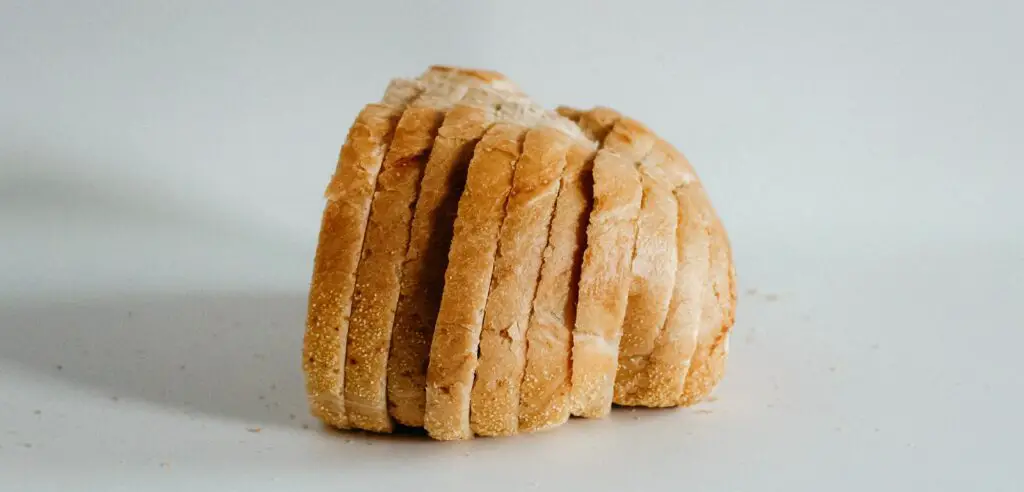
When you analyze most pet food labels, the ingredients often contain 60% or more carbohydrates, but surprisingly, most dogs and cats don’t need a high-carbohydrate diet. In fact, a diet high in carbs can even be harmful to pets. Consider trying to switch your pet to a high protein / low carb diet for weight loss, but check with your vet first before making any diet changes. Petcan’s insect-based pet food is an excellent healthy option rich in protein.
Be Careful With Treats
It’s a common stigma that treats are unhealthy. And while there are some pet treats that will only harm your pup, you can choose a variety of healthy, low-calorie snacks that can benefit your dog. It’s also essential to count calories in treats and keep in mind that they should account for no more than 10% of your pet’s total daily caloric intake. So be rational about treats, and don’t just spoil your dog with unnecessary extra calories.
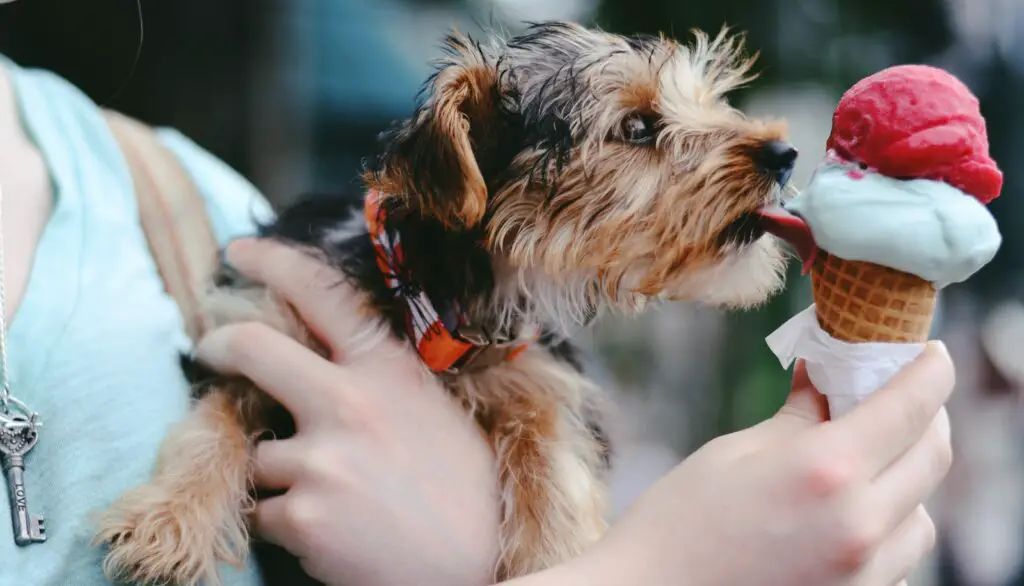
Even though most dogs love peanut butter, it should only be given as a rare treat since one tablespoon can contain as much as 100 calories. Also, check that the peanut butter you’re using doesn’t contain xylitol, which is toxic to dogs. You can also substitute nut butter with plain canned pumpkin, which has only five calories per tablespoon.
Dietary Supplements

Taking a daily Omega-3 fatty acid supplement can have a positive effect on dogs, cats, and even humans. This powerful fish oil extract packs a potent antioxidant punch that has been proven to assist, prevent, and treat numerous diseases. The supplement may even aid with weight loss. L-carnitine is another supplement that has been shown to help dogs lose weight and promote lean muscle mass in some studies. However, keep in mind that you should always consult your vet before adding any supplements to your pet’s diet.
Check Up On Your Pet’s Health

Regular visits to a vet are a must when your dog is on a diet. The doctor can ensure that your pet consumes the necessary volumes of vitamins and minerals, maintains a healthy weight loss pace, and doesn’t develop any new health issues. If you find that your pet’s diet isn’t working, the vet will need to test the dog for more severe medical conditions, as weight gain and lethargy can be symptoms of conditions like hypothyroidism and Cushing’s Syndrome.
Remember that weight loss is a long process that takes patience and consistency. It’s your responsibility to give your dog a healthier and happier lifestyle by feeding it a nutritious and healthy diet. Try Petcan insect-based pet food today!
FAQ
How long does it take for a dog to lose weight?
It’s individual, but most dogs will achieve their ideal weight within six to eight months.
Is it cruel to feed a dog once a day?
Yes, adult dogs should eat twice a day, so it’s recommended to split the whole amount of food for one day into smaller portions.
Does walking help your dog lose weight?
Yes, exercise is a crucial element of weight loss for dogs.
How often should you walk an overweight dog?
Start with 20 minutes of walking twice a day and gradually increase the amount of exercise each day.
Does fish oil help dogs lose weight?
Yes, Omega-3 fatty acids contained in fish oil can help your pet lose weight and provide other significant health benefits.

